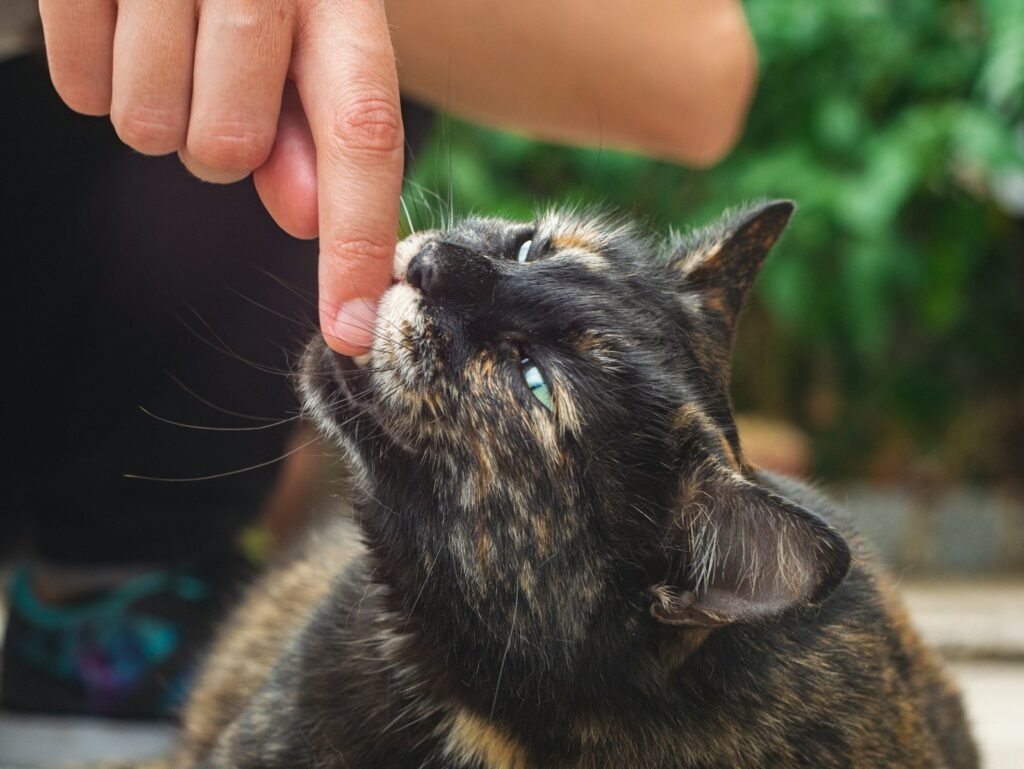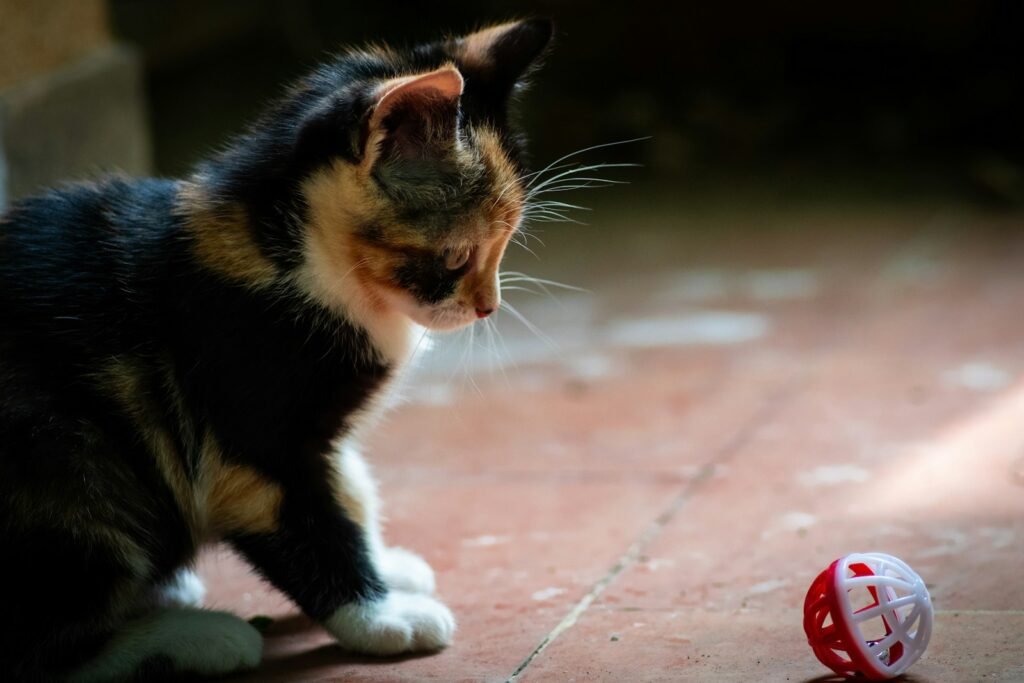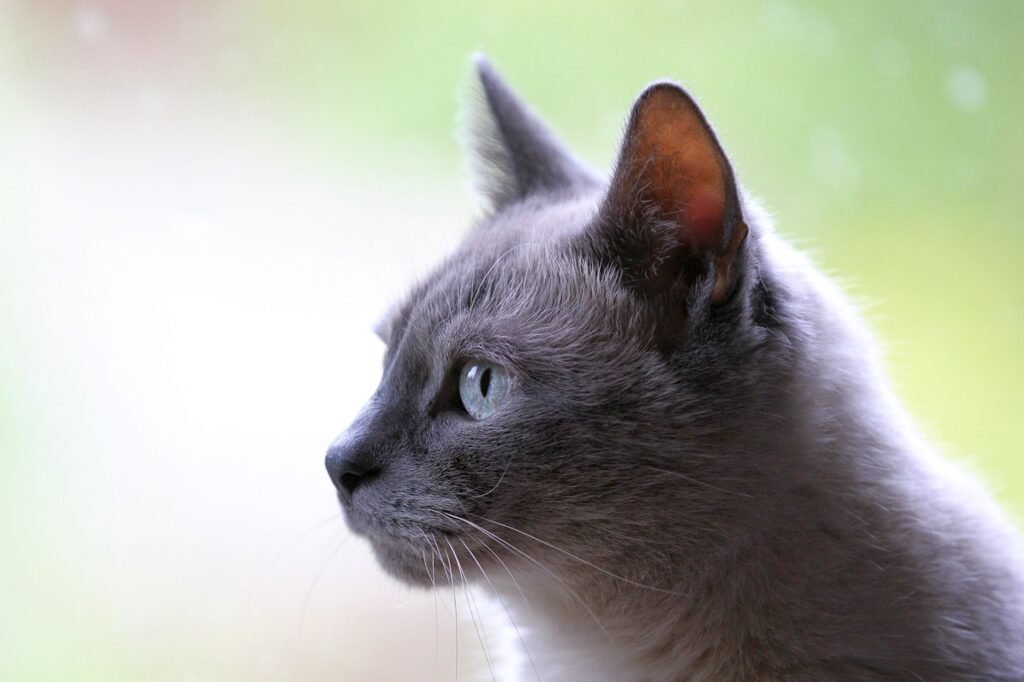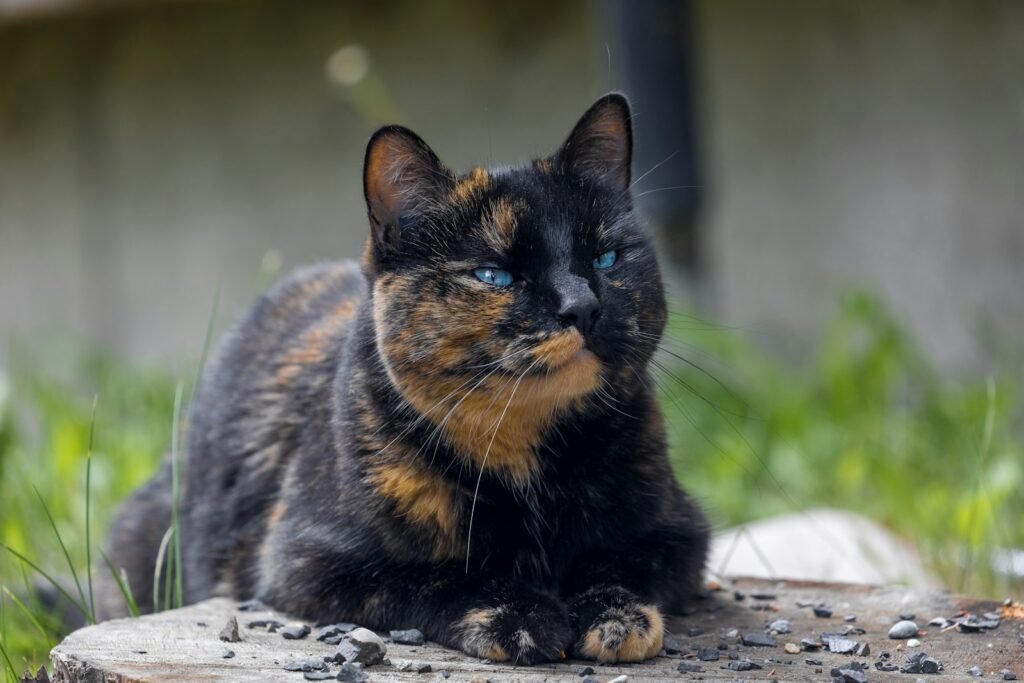Domestic cats have long been enigmatic creatures, captivating humans with their mysterious behaviors and independent nature. Among the many questions that intrigue cat owners and researchers alike is whether these agile pets can recognize their own names. Diving into this topic reveals fascinating insights into feline cognition and communication.
Understanding Feline Communication

Cats communicate in a variety of ways, using vocalizations, body language, and scent markings to interact with their environment and with humans. While they are often perceived as less communicative than dogs, cats have a repertoire of sounds, including meows, purrs, and hisses, each serving different purposes. Understanding how they communicate provides a crucial foundation for exploring their ability to recognize names.
The Science Behind Cat Name Recognition

Several studies have been conducted to determine whether cats can recognize their own names. A groundbreaking study published in 2019 provided substantial evidence that domestic cats indeed have the capacity to recognize and respond to their names. This research utilized various experimental conditions to observe feline reactions and responses, offering a glimpse into their cognitive abilities.
How Cats Learn Their Names

Cats, like many animals, learn through a process called associative learning. This involves associating specific sounds or actions with outcomes. When a cat hears its name being called and receives positive reinforcement, such as a treat or affection, it begins to recognize that sound as significant, often leading to a conditioned response over time.
The Role of Tone and Context

While cats can recognize their names, it’s not just the sound of the name itself that matters. The tone and context in which the name is called play significant roles in how a cat perceives and responds. Cats are particularly sensitive to variations in pitch and speech patterns, and a higher-pitched, friendly tone is more likely to elicit a response than a monotone or harsh command.
Comparison with Other Animals

Compared to other domestic animals, such as dogs, cats are often perceived as less attuned to human commands and signals. Dogs have been bred for cooperation and responsiveness, which makes them more likely to recognize and respond to their names enthusiastically. Cats, on the other hand, maintain a more solitary nature but still display the ability to recognize human-given names, albeit with less overt enthusiasm.
Individual Variation Among Cats

Not all cats will exhibit the same level of recognition or response to their names. Factors such as individual personality, experiences, and even specific breed traits can influence a cat’s receptiveness to name recognition. Some cats may readily respond, while others may seem indifferent, underscoring the unique personalities found within the species.
Practical Implications for Cat Owners

Understanding that cats can recognize their names can enhance the human-cat relationship. By using the cat’s name in positive, consistent contexts, owners can improve communication and potentially modify behavior. This knowledge also assists in creating a more enriching environment where cats feel acknowledged and understood.
Ongoing Research and Future Directions

As cat behavior continues to intrigue scientists, ongoing research seeks to explore deeper aspects of feline cognition and communication. Future studies may delve into the nuances of how environmental factors, early socialization, and genetics influence a cat’s ability to recognize and respond to its name, ultimately broadening our understanding of these charming companions.
A New Perspective on Cats

The ability of domestic cats to recognize their own names highlights their capacity for cognitive engagement and interaction with humans. While they may not express it as exuberantly as other pets, recognizing their names reflects a fascinating aspect of cat intelligence. For cat enthusiasts, this insight offers a deeper appreciation and understanding of these beloved animals, encouraging stronger bonds and more meaningful interactions.

Growing up traveling and experiencing new cultures and wonders, I have had a passion for nature, adventuring, photography, and videography. I am currently working towards a BSc in Biodiversity and Ecology at Stellenbosch University, and I hope to specialise in Marine Sciences one day.
Please send any feedback to Feedback@animalsaroundtheglobe.com






